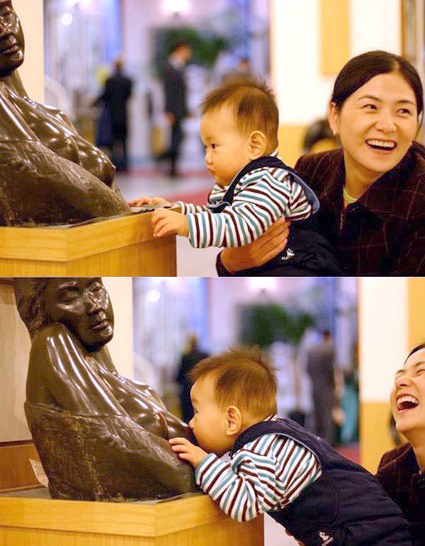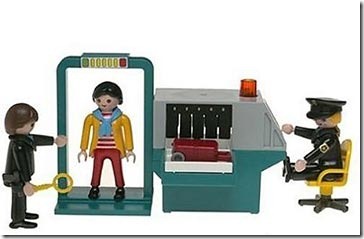
Entropy is the measure of a system’s disorder and it increases with time (as dictated by the Second Law of Thermodynamics). Once the egg is cracked open, it’s impossible to make whole again: “Humpy Dumpy sat on the wall, Humpy Dumpy had a great fall; all the king’s horses and all the king’s men couldn’t put Humpy Dumpy together again!” We are taught the second law of thermodynamics from a very early age! So what about design? Surly, we steadily progress to a better and finer product, right? Unfortunately, in my experience, the steady progress is rarely the case when dealing with big company, large products, or long time frames. Big, large, and long spell out entropy in design. Let me walk you through it. We Need A New Product! It all starts with a call: “MegaCorp needs a new product!” Well, the words are sometimes different, but it is all the same—there’s change in the air. With luck, this means that various departments of the MegaCorp Inc. scramble to do some market and internal research to come up with some ideas: What does the market need? What resources do we have? What can we develop? (given time, people, budget,…






